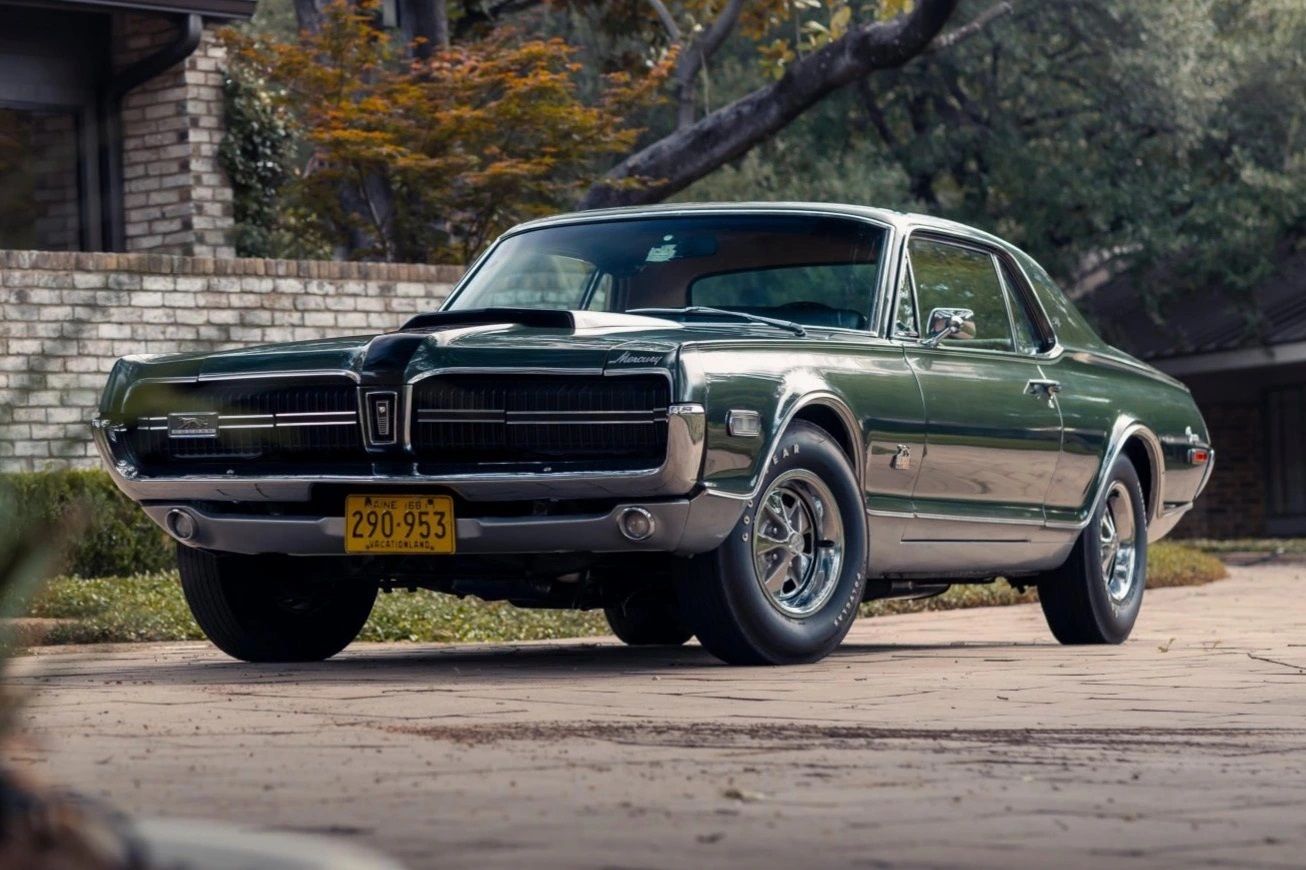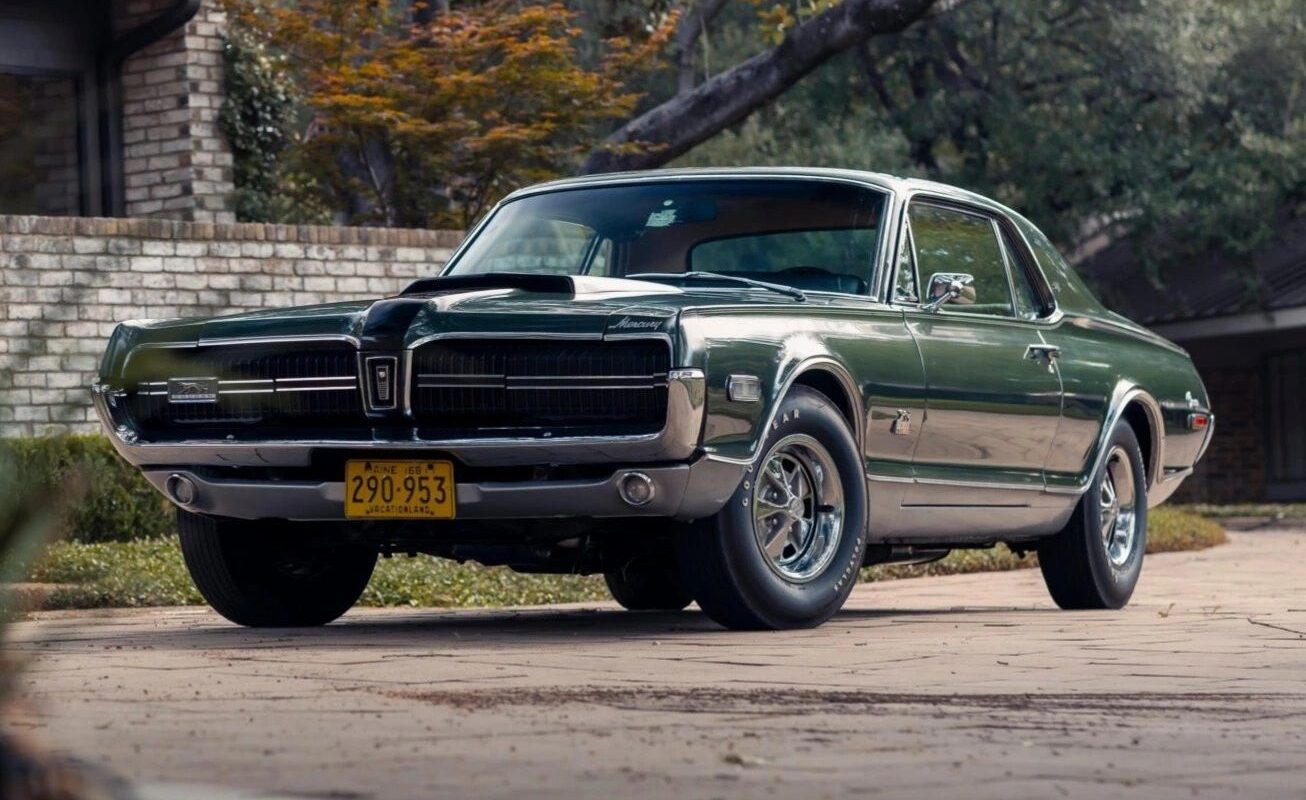
The late ’60s Cougars were the only ones that came with covered headlights, which were activated through a switch inside the cockpit. The headlight covers were operated through vacuum lines that would push or pull on the blacked-out covers. The problem that these types of vacuum-operated devices had was in alignment. The covers would commonly not open or close evenly, leaving a space for the headlights to be seen from. While not a serious issue, it was a huge annoyance to those that wanted their Cougars to look as perfect as they ran.
FAQ
Q: What engine was in the 1968 Mercury Cougar GT-E?
Two different engines could be purchased with the 1968 Mercury Cougar GT-E. The most common was the side oiling 427 racing engine, with very few cars being built with a 428 Cobra Jet under the hood.
Q: Was the GT-E package worth the extra money?
Considering how much money it would cost to add on every option included in the GT-E package, which costs a mere $1,311, you could get them all without breaking everything down, which will always cost more. So yes, the extra money was a good investment.
Q: How much is the 1968 Mercury Cougar GT-E worth today?
Finding the actual current value of any classic car is not as easy as just looking it up. You must go through some of the most current auctions to find the value. In this case, Bring a Trailer shows one selling for $157,000 last year.
Q: Is the ’68 Cougar a muscle car?
The 1968 Mercury Cougar was built on the same platform as the Ford Mustang and was fitted with many of the same mechanical parts. The Cougar was designed and produced as a classic muscle car to complement the already popular ‘Stang.
